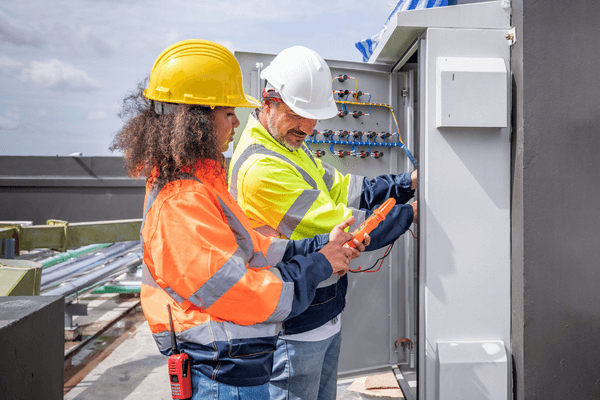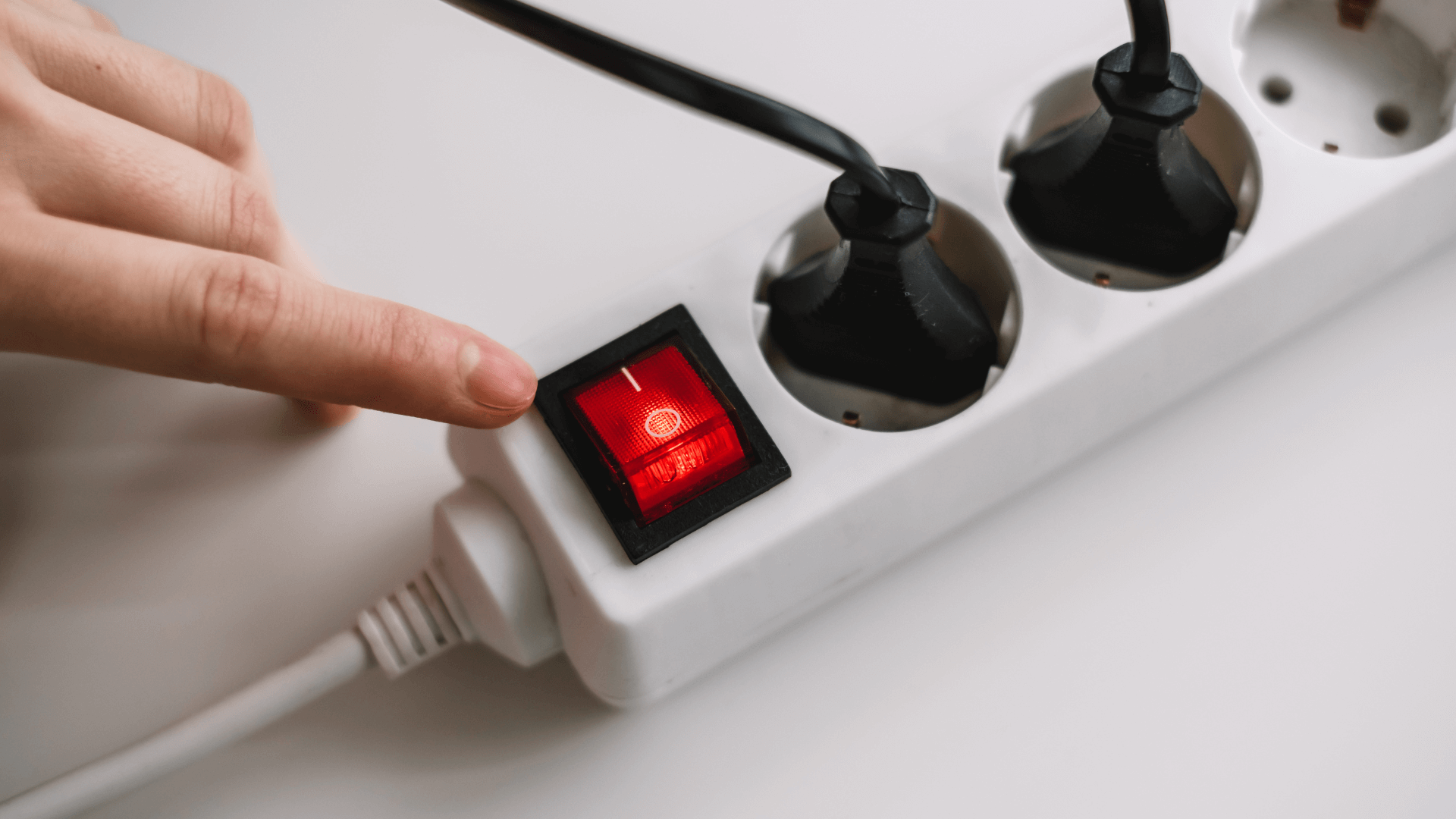Power surges
An electrical power surge is a sudden and short voltage increase in an electrical circuit that can damage, degrade, or destroy electric equipment. A strong power surge can cause equipment to overheat and in some cases, catch fire.
Power surges can occur:
- when the flow of electricity is interrupted and restarts
- if power-heavy devices, such as refrigerators, are unplugged, it can lead to other electrical equipment being oversupplied
- through faulty wiring and faulty circuit breakers
- in the event of lightning strikes where increased electricity travels down powerlines to a property
- as a result of an electrical overload following an outage or blackout.
Surge protectors
Surge protectors can be used for the whole house and individual appliances to stop sudden peaks of electricity by blocking or reducing the voltage to a safe threshold. Some equipment and appliances will have surge protection measures built in as part of their design. It's important to check where you have gaps in your surge protection.
Safety switches
In the event of a short-circuit, an overload, or equipment failure, a safety switch will instantaneously (within milliseconds) shut off power to the system or appliance in trouble. All homes in Australia should have safety switches installed.
Safety switches can be found on your switchboard and will have a ‘Test’ or ‘T’ button on them. If there are no switches with ‘Test’ or ‘T’ buttons in your switchboard, it means there are no safety switches on the property. If this is the case, ask your licenced electrician to install these.
Safety switches should be tested twice a year. It only takes a minute and it could save lives. The NSW Government has published a handy step-by-step guide to help get you started.
What about blackouts?
Blackouts occur if there is a drop in the power supply. These can be planned, or sometimes sudden and dangerous. When blackouts occur, it means your electrical devices do not receive enough power.
Depending on the nature of the blackout, planning and preparation can reduce the impact on your household. Before a blackout, it is suggested all communication devices are charged (where possible), an emergency kit is prepared, you have non-perishable food on hand and your home and vehicles are protected. During a power outage it's important to check the source of the power outage; if it localised to your home, street, suburb or state, turn off and unplug electronic devices, and avoid opening your fridge and freezer.
Safety inspections
According to the NSW Government, 40% of house fires in NSW each year are caused by electrical faults and defective electrical appliances. This means up to 1,800 house fires could be prevented annually through wiring checks and installation of safety switches by a licenced electrician.
Usually, properties built after the year 2000 will have safety switches installed. For properties built before the year 2000, the NSW Government strongly recommends consulting a licenced electrician to perform a safety inspection.

